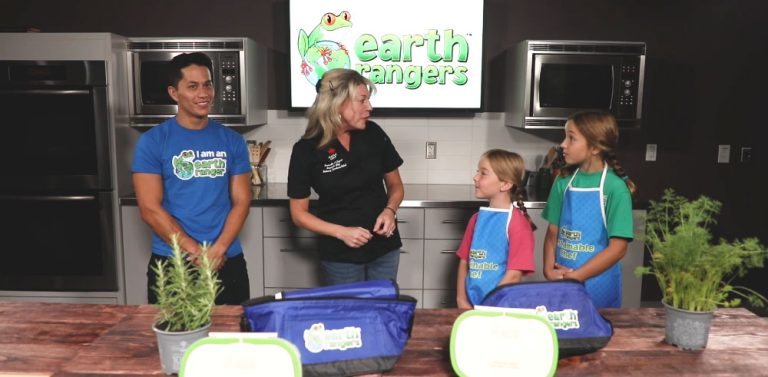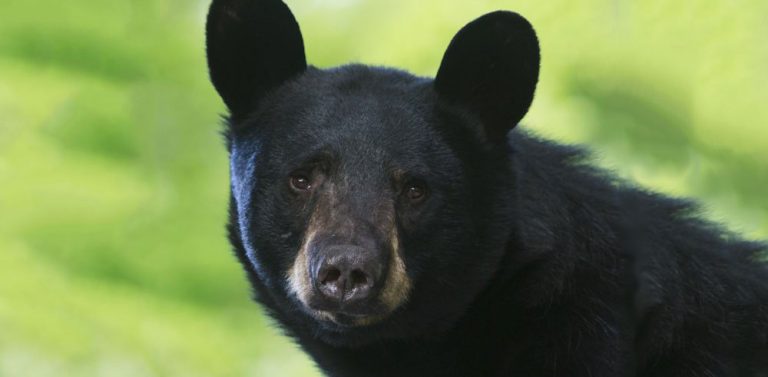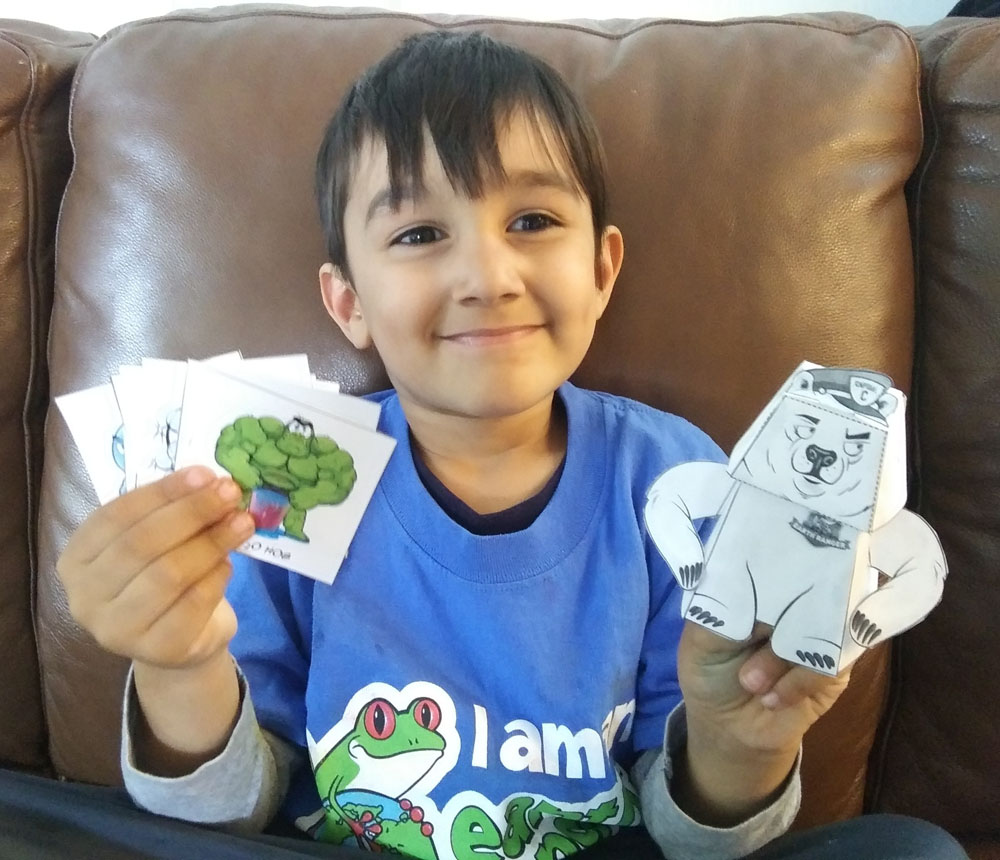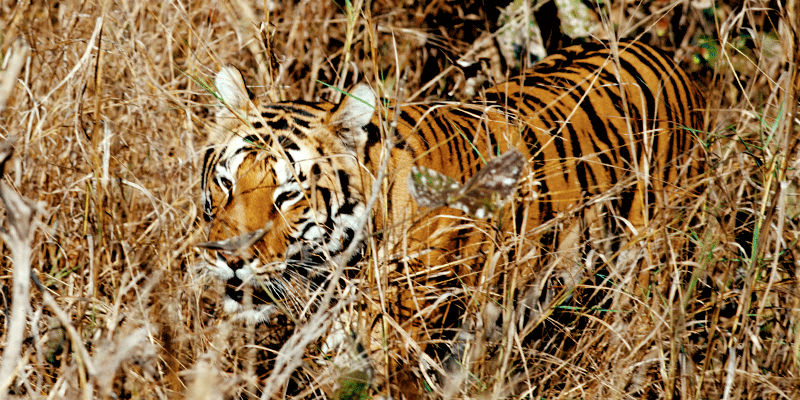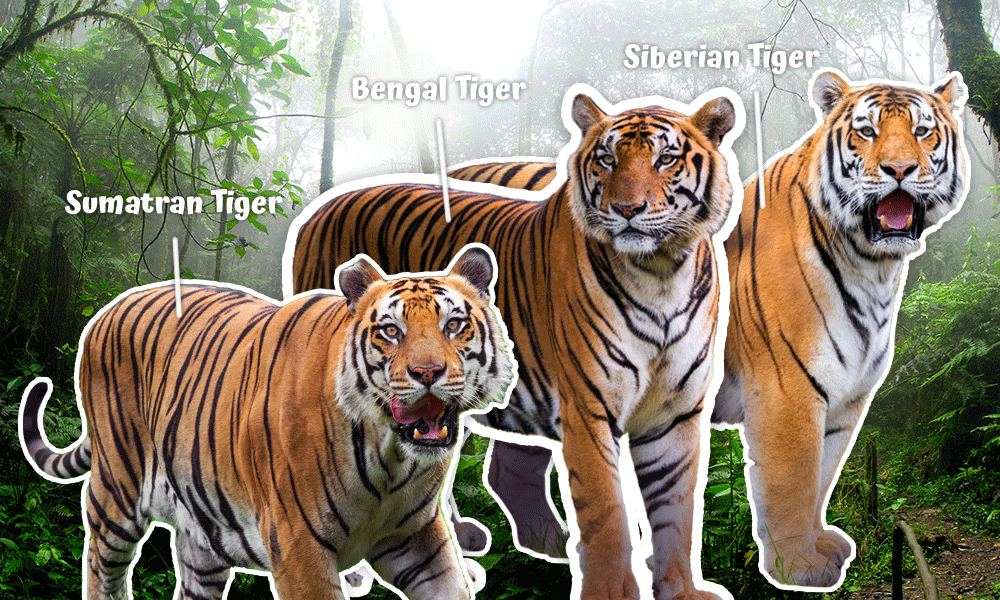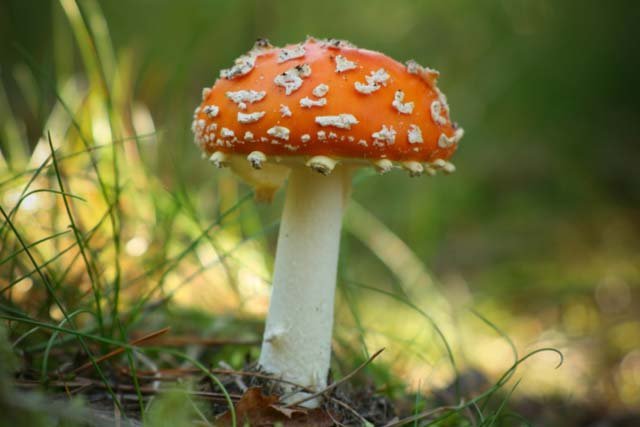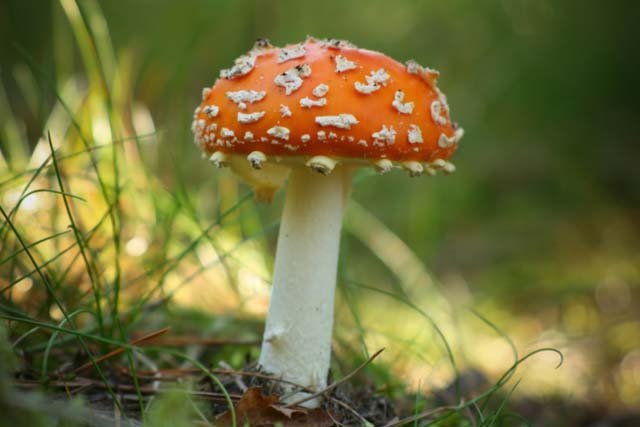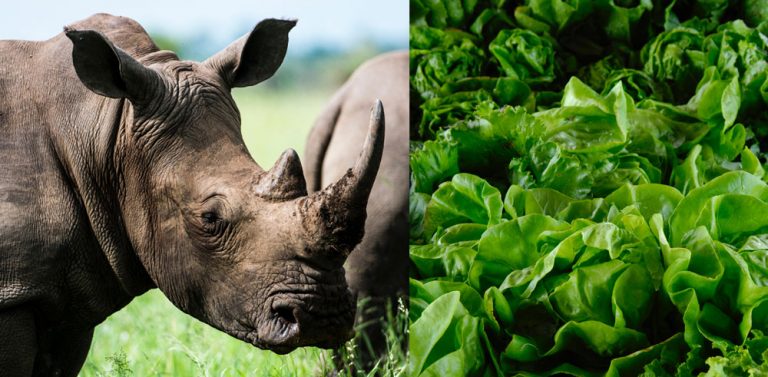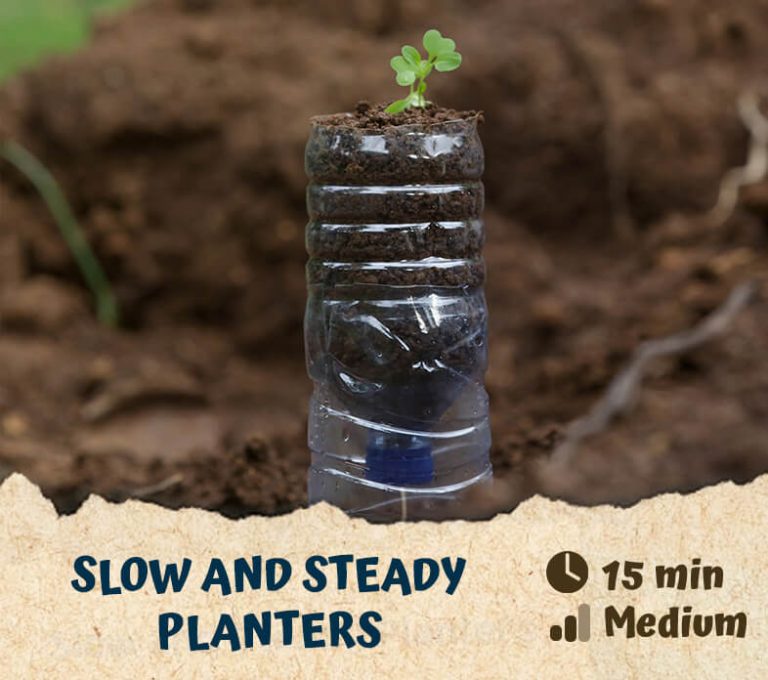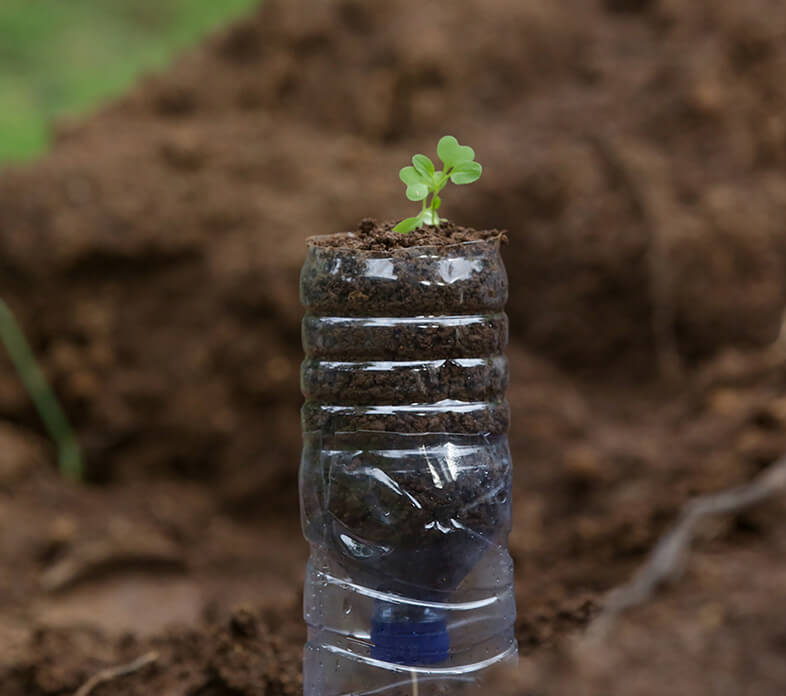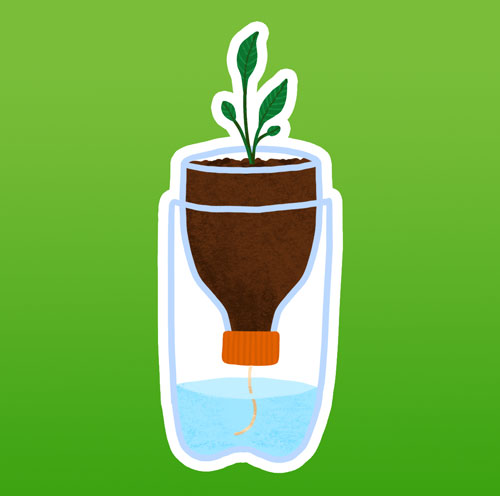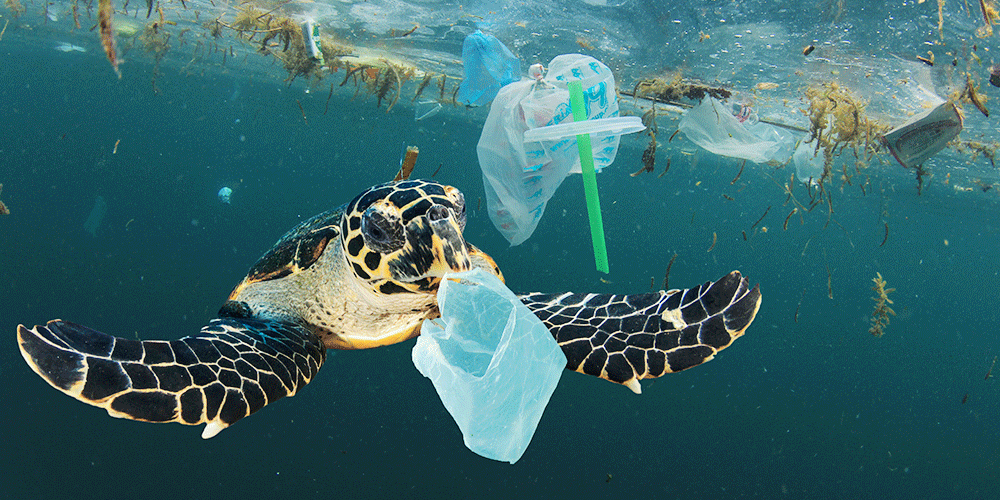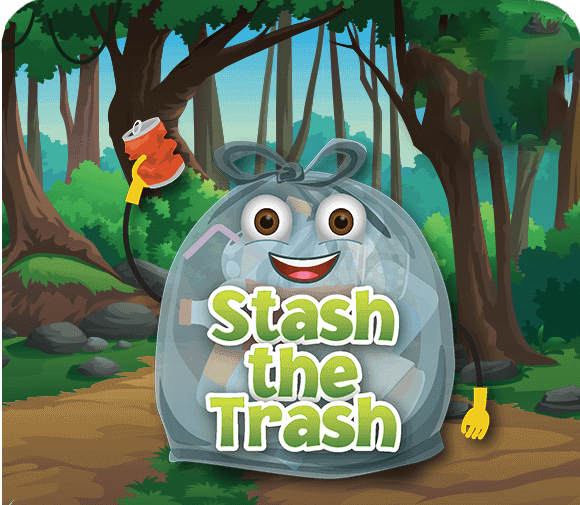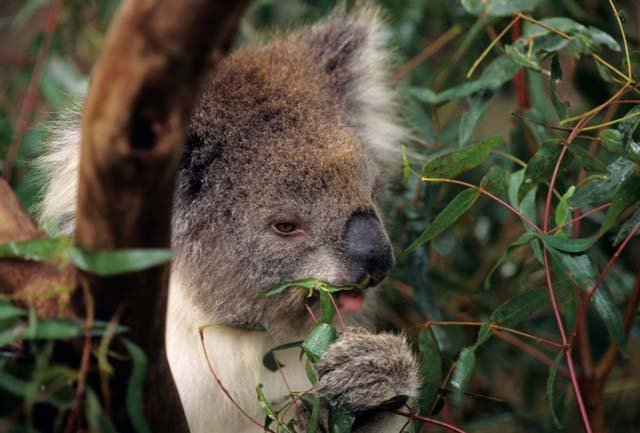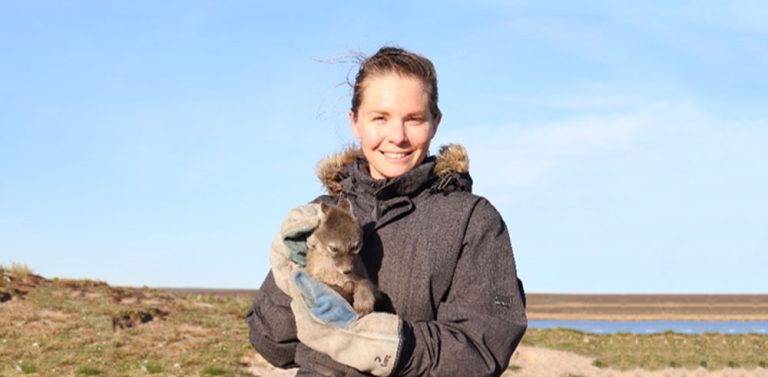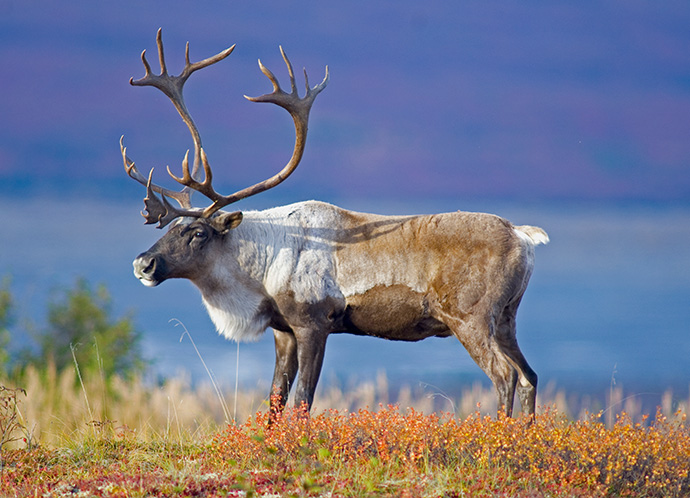Hey, Earth Rangers! It’s me, your old pal, Dreck. Do you see that white bag in the picture? That’s me! That’s when I was hanging out with all my litter friends, polluting the environment. Ah, good times! But know where I really wanted to be? The Great Pacific Garbage Patch. Never heard of it? Let me fill you in.
The Great Pacific Garbage Patch is a collection of floating trash in the Pacific Ocean. It’s mostly made of plastic, and it contains everything from toys to toothbrushes to abandoned fishing nets. It’s party central for garbage like me! And this big bash never ends because plastic doesn’t go away. It just breaks down into tiny pieces called microplastics, so our party can go on forever!
My friends and I were all ready to join the celebration in the Pacific. All we needed was a gust of wind to blow us into a stream or river, then eventually we’d get to the ocean. But then someone snatched us up! They were wearing rubber gloves, carrying garbage bags, and picking up trash! I guess they heard about the Great Pacific Garbage Patch and wanted to stop it from getting any bigger.
You see, as fun as our party is for my friends and me, it isn’t so great for sea creatures. Turtles, birds, and fish sometimes mistake us for food, which can make them really sick. And those fishing nets? They are like traps for animals to get tangled up in.
So after I was picked up, can you guess what happened to ol’ Dreck next? I was picked up by an Earth Ranger. Now I’m at the recycling centre. I don’t think I’ll ever get to visit the ocean, all because of people like YOU.
You can organize your own cleanup and get rid of litter like Dreck! Check out the Stash the Trash Mission on the Earth Rangers App to learn more.
Generously supported in Ontario by:



